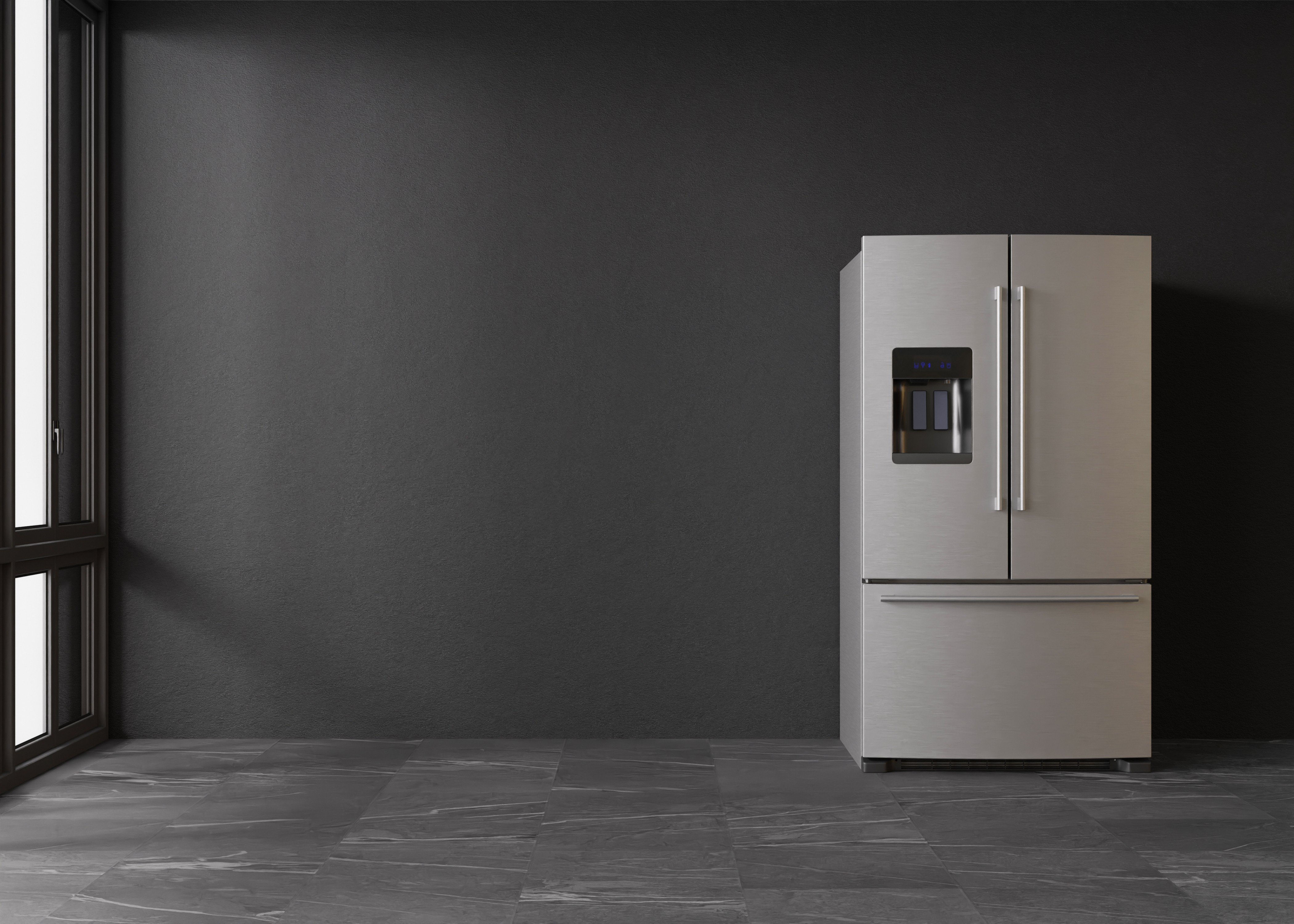The 10 Worst Fridge UK Failures Of All Time Could Have Been Prevented
The Comprehensive Guide to Refrigerators in the UK
Refrigerators are a necessary device in every home, serving an essential role in food preservation and security. The UK market uses a varied series of fridge types, sizes, functions, and brand names. Online Fridges aims to provide a thorough understanding of refrigerators available in the UK, including their functions, energy effectiveness, and factors to consider when buying.
Types of Refrigerators Available in the UK
When searching for a refrigerator, it is necessary to comprehend the different types readily available. Each type includes its own set of features and functions, accommodating different requirements and preferences. The most typical kinds of refrigerators found in the UK include:
1. Leading Freezer Refrigerators
- Description: The traditional design, including the freezer compartment on top.
- Pros: More affordable, spacious, easy access to fresh food.
- Cons: Limited freezer area, the top might be less hassle-free for bulk items.
2. Bottom Freezer Refrigerators
- Description: Freezer lies at the bottom, permitting much easier access to fresh food.
- Pros: Greater convenience, better exposure of fresh items.
- Cons: Usually more expensive, some might struggle with large frozen products.
3. Side-by-Side Refrigerators
- Description: Features two vertical compartments, one for the fridge and one for the freezer.
- Pros: Ample storage space, simple to gain access to both frozen and fresh foods.
- Cons: Wider footprint, they may not fit in smaller kitchens.
4. French Door Refrigerators
- Description: Combines functions of bottom freezers and side-by-sides, with 2 doors for the fridge on top.
- Pros: Stylish design, spacious, and frequently includes advanced functions.
- Cons: Higher price point, aligns poorly with smaller kitchen area layouts.
5. Compact Refrigerators
- Description: Smaller designs designed for restricted areas.
- Pros: Ideal for little apartment or condos or workplaces, energy-efficient.
- Cons: Limited storage capability, might do not have functions.
6. Integrated Refrigerators
- Description: Designed to blend perfectly with kitchen cabinetry.
- Pros: Custom fit, visual appeal, increases home value.
- Cons: Higher expense, might provide less flexibility in positioning.
7. Smart Refrigerators
- Description: Equipped with Wi-Fi and clever innovation features.
- Pros: Advanced includes like touch screens and internal video cameras.
- Cons: Expensive, more complicated to fix.
Refrigerator Type
Ease of access
Typical Price Range
Energy Efficiency
Top Freezer
Moderate
₤ 300 – ₤ 600
Typical
Bottom Freezer
High
₤ 400 – ₤ 800
Above Average
Side-by-Side
Easy
₤ 800 – ₤ 1500
Varies
French Door
High
₤ 800 – ₤ 2000
High
Compact
Restricted
₤ 200 – ₤ 500
Typical
Integrated
Custom-made
₤ 1000 – ₤ 2500
High
Smart
Variable
₤ 1200+
High
Key Features to Consider
- Energy Efficiency: Look for designs that are energy-efficient. In the UK, home appliances are ranked from A (most efficient) to G (least efficient). An A+ ranking and above can cause considerable energy savings.
- Capability: Choose a fridge with sufficient capability for your home. A standard guideline is 100-200 liters per person.
- Sound Level: Consider models that run quietly, particularly if the kitchen area is near living areas.
- Cooling Technology: Features like frost-free innovation are worth the investment, as they reduce maintenance.
- Adjustable Shelves: Having adjustable shelves improves the flexibility to store bigger items.
- Temperature level Control: Check for easy-to-use temperature controls and zones for different types of food.
- Style: Choose the design and color that matches your cooking area visual, whether you choose a modern-day stainless-steel appearance or a traditional retro surface.
Purchasing Tips
- Determine Your Needs: Consider your cooking habits, household size, and kitchen area space.
- Set a Budget: Refrigerators can be found in different rate varieties. Develop a budget before you begin shopping.
- Research Study Energy Ratings: Invest in energy-efficient designs to conserve on energy costs.
- Read Reviews: User experiences can offer insights into reliability and efficiency.
- Compare Brands: Some brands are understood for their durability while others might use more ingenious features.
Often Asked Questions (FAQs)
1. How long do fridges generally last?
- Refrigerators normally last between 10 to 20 years, depending upon the brand and how well they are maintained.
2. Are there any maintenance tips for extending the life of a refrigerator?
- Regularly clean the coils, examine the door seals, and regularly thaw if essential to maintain optimum performance.
3. What is the best size refrigerator for a household of four?
- For a family of four, a refrigerator with a capability of around 400-600 liters is typically sufficient.
4. Do I need to stress over energy intake when buying a refrigerator?
- Yes, energy consumption is necessary. Try to find systems with high energy efficiency rankings to decrease regular monthly expenses.
5. Should I select a fridge with a water and ice dispenser?
- This feature can be practical, especially for households. Nevertheless, it may need more upkeep than basic designs.
Acquiring a refrigerator is a significant choice for any home in the UK. With different types readily available, each with its special features and advantages, it is essential to assess private requirements before choosing. By thinking about elements such as energy effectiveness, capability, and design looks, consumers can choose a fridge that aligns well with their lifestyle, ultimately boosting their cooking area experience while protecting food quality and freshness.
